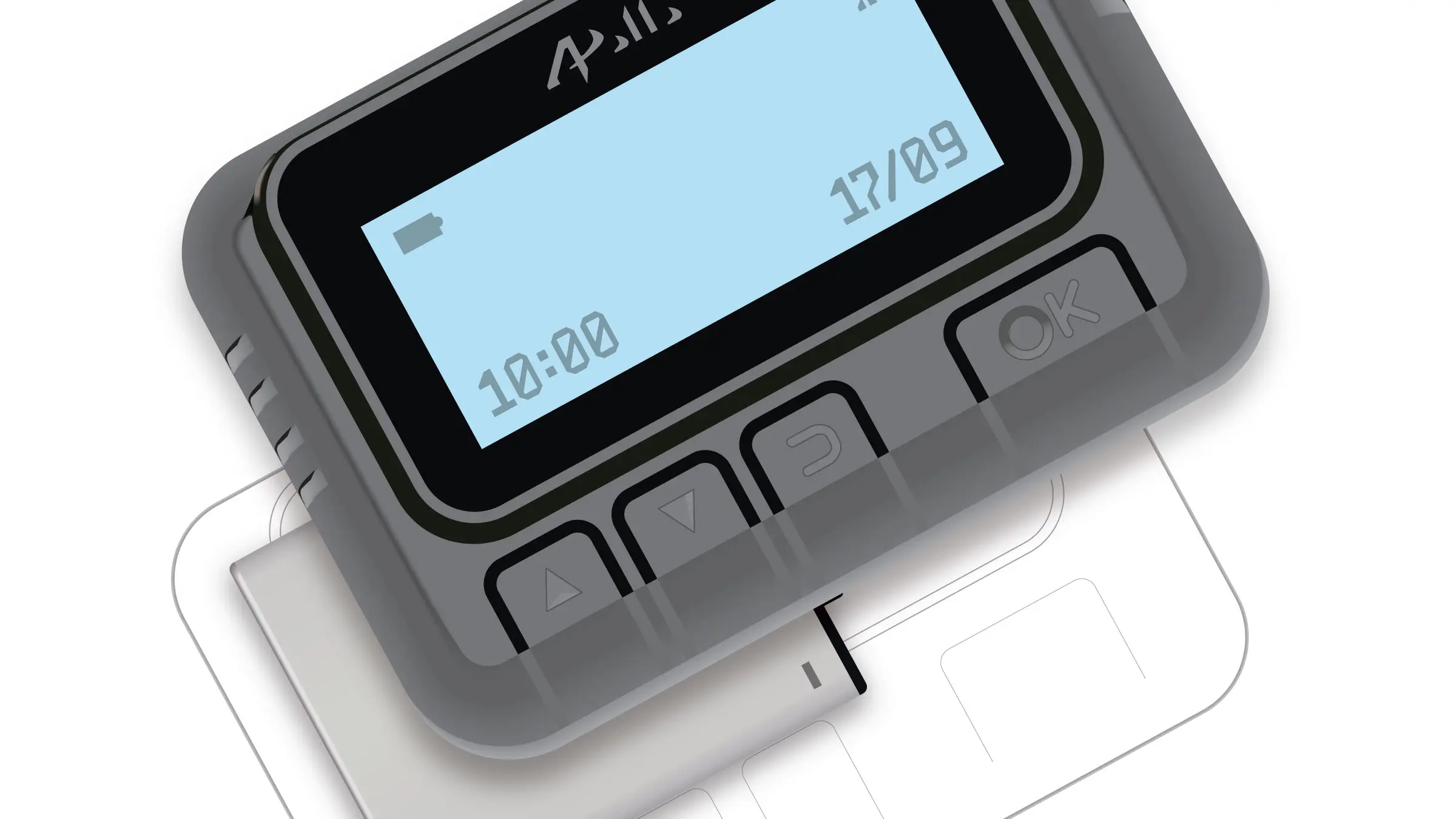- cross-posted to:
- news@lemmy.world
- goodlongread@lemmy.world
- cross-posted to:
- news@lemmy.world
- goodlongread@lemmy.world
BEIRUT, Oct 16 (Reuters) - The batteries inside the weaponised pagers that arrived in Lebanon at the start of the year, part of an Israeli plot to decimate Hezbollah, had powerfully deceptive features and an Achilles’ heel.
The agents who built the pagers designed a battery that concealed a small but potent charge of plastic explosive and a novel detonator that was invisible to X-ray, according to a Lebanese source with first-hand knowledge of the pagers, and teardown photos of the battery pack seen by Reuters.
To overcome the weakness - the absence of a plausible backstory for the bulky new product - they created fake online stores, pages and posts that could deceive Hezbollah due diligence, a Reuters review of web archives shows.
The stealthy design of the pager bomb and the battery’s carefully constructed cover story, both described here for the first time, shed light on the execution of a years-long operation which has struck unprecedented blows against Israel’s Iran-backed Lebanese foe and pushed the Middle East closer to a regional war.



Is there a source on this? The initial coverage made it sound like it was maybe 10%.
Are you counting injuries or just deaths?
https://en.m.wikipedia.org/wiki/2024_Lebanon_pager_explosions